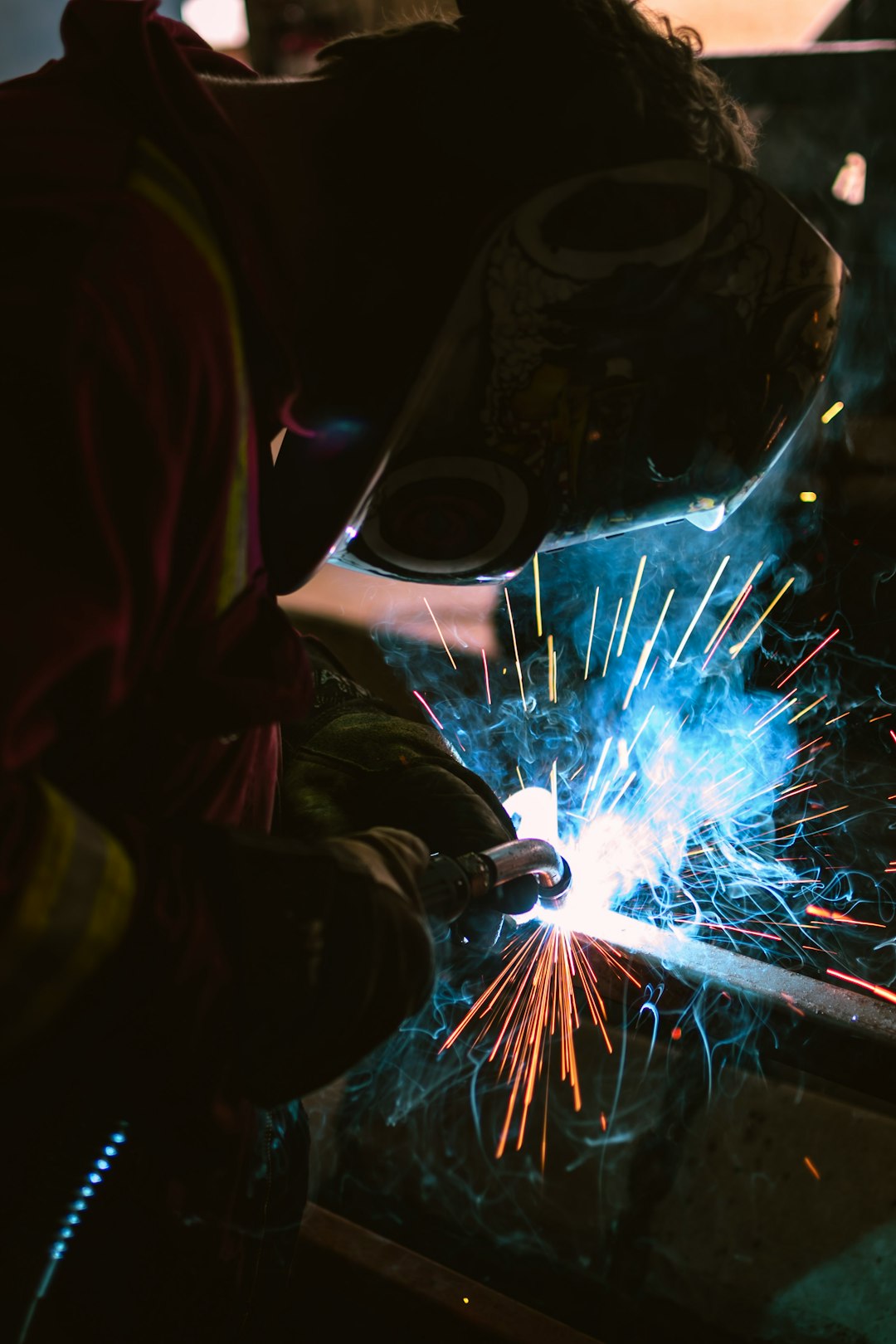In recent years, the manufacturing sector has been facing a growing challenge in the form of labor shortages. This issue has been exacerbated by a combination of factors, including an aging workforce, a lack of skilled workers, and changing job preferences among younger generations. As a result, manufacturers are struggling to fill open positions and maintain their production levels, leading to a decline in overall productivity and competitiveness.
The repercussions of labor shortages in the manufacturing sector are far-reaching. Not only do they impede the growth and expansion of individual companies, but they also have a negative impact on the economy as a whole. When manufacturers are unable to find enough workers to meet their production demands, they may be forced to delay or even cancel orders, leading to lost revenue and decreased market share.
To address this pressing issue, manufacturers must take proactive steps to attract, train, and retain workers. One way to do this is by investing in workforce development programs that provide training and education to individuals interested in pursuing a career in manufacturing. By partnering with local schools, community colleges, and technical institutions, manufacturers can help create a pipeline of skilled workers who are ready to fill open positions.
Another strategy for addressing labor shortages in the manufacturing sector is to improve working conditions and offer competitive wages and benefits. Many manufacturing jobs are perceived as dirty, dangerous, and low-paying, which can deter individuals from pursuing a career in this field. By offering higher wages, better benefits, and a safe working environment, manufacturers can attract and retain a larger pool of workers.
Additionally, manufacturers can take steps to modernize their operations and adopt new technologies that can help alleviate the burden on their workforce. Automation, robotics, and artificial intelligence are revolutionizing the manufacturing industry, allowing companies to increase efficiency, reduce costs, and improve productivity. By investing in these technologies, manufacturers can streamline their operations and reduce their reliance on human labor.
Furthermore, manufacturers can also consider outsourcing certain tasks or partnering with other companies to share resources and talent. By collaborating with other businesses, manufacturers can access a larger pool of skilled workers and fill gaps in their workforce. This can help alleviate the pressure of labor shortages and ensure that production levels remain steady.
In addition to these strategies, manufacturers can also consider tapping into non-traditional sources of labor, such as retirees, stay-at-home parents, and individuals with disabilities. These groups often have valuable skills and experience that can be leveraged to fill open positions in the manufacturing sector. By reaching out to these untapped sources of talent, manufacturers can diversify their workforce and address labor shortages.
Ultimately, addressing labor shortages in the manufacturing sector requires a multi-faceted approach that involves investing in workforce development, improving working conditions, adopting new technologies, and tapping into non-traditional sources of labor. By taking proactive steps to attract, train, and retain workers, manufacturers can ensure that they have the skilled workforce they need to succeed in today’s competitive global market.
In conclusion, labor shortages in the manufacturing sector are a pressing issue that requires immediate attention and action. By implementing the strategies outlined above, manufacturers can address this challenge head-on and ensure their long-term success and sustainability. With a skilled and motivated workforce, manufacturers can thrive in today’s fast-paced and ever-evolving industry.

